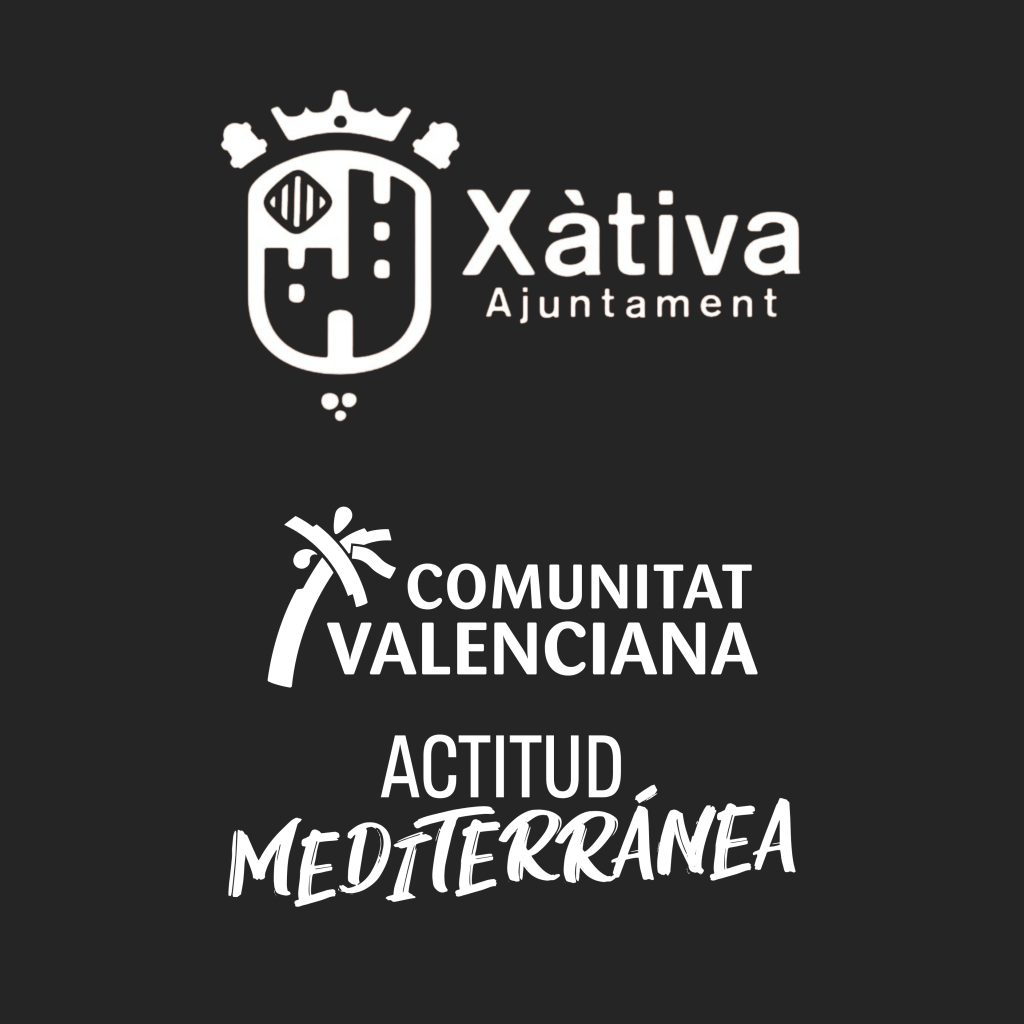THE ROUTE OF MEMORY
II Spanish Republic
THE ROUTE OF MEMORY
II Spanish Republic
INTRODUCTION
The proclamation of the Second Spanish Republic brought about profound changes in our society, some of which still endure. The first and most notable was the approval of the Constitution of 1931, a new legal framework that introduced a democratic solution into the political regime of the state, while also promoting new mechanisms of administration and governance, as well as the acquisition of new rights and freedoms for citizens.
During the constitutional period of the Second Republic, several events occurred that contributed to increasing political instability and social tension. This situation led to a deterioration of public order that became noticeable from 1934 onward, with an increasingly conflictive atmosphere where violent incidents multiplied throughout the country. This unrest culminated in the military coup in July 1936 against the government of the Republic, marking the beginning of one of the saddest chapters in our history, the Spanish Civil War and the subsequent dictatorship of General Francisco Franco.
In the local context of Xàtiva, this period left a series of imprints that help us understand how the events were experienced, from the proclamation of the Second Republic to the subsequent Francoist repression. Throughout this Memory Route, we will visit some of the most relevant places of the conflict and delve into their consequences and how they affected the lives of the citizens of Xàtiva.
Municipal Archives of Xàtiva
The building that currently houses the Municipal Archive was originally the church of the Trinitarian convent of the city, founded in the year 1259. During the Second Republic, this place was one of the most important public spaces for the people of Xàtiva, as the Republican Casino was established here.
Sant Domènec
The former convent of Santo Domingo was used as the municipal theater. During the constitutional period, this building was the main space for the dissemination of political and social views. It served as a genuine hub for expression and exchange of ideas where political campaigns and rallies were often held.
Sant Agustí
The former convent of San Agustín was the building chosen during the government of the Republic to house the Municipal Council. Here was located the headquarters of the last legitimate government of the Republic, as well as the municipal court.
Església de Sant Francesc church
The former convent of San Francisco, later converted into a military barracks, was one of the most contentious places during the onset of the coup d’état, given its military nature.
Aixopluc
This sculpture, erected in 2006, bears witness to one of the most tragic events in the history of Xàtiva, the bombing of the railway station on February 12, 1939, where about 150 people died. Its author, Miquel Mollà, aimed to convey the idea of shelter through the two wings that open up, allowing visitors to interact with the artwork and feel its protection.
In Defense of Life
This sculpture by Inmaculada Abarca pays tribute to all the Setabense citizens who were repressed after the Spanish Civil War. The sculpture aims to remember the over 80 people who fought and were executed for defending the democratic government of the Republic and its values.
Patrocinio Camús
During a pro-amnesty demonstration for political prisoners held in Xàtiva in April 1931, Patrocinio Camús requested to carry the Republican flag, thus consecrating it as a symbol of female republicanism in Xàtiva.
Old Prison
In the prison of the judicial district of Xàtiva, the citizens of Xàtiva who defended the cause of the legitimate government of the Republic were punished. It was a building constructed in the 18th century as a veterans’ barracks. In the 19th century, it became the prison of the district until it was demolished in the second half of the 20th century to build the city’s outpatient clinic, now converted into a specialty center.
Trinquet anti-aircraft shelter
One of the most interesting vestiges of the violence of the war are the air raid shelters. This is the most important of those built in the municipality. In the case of Xàtiva, few shelters were constructed, given its geographical characteristics and urban formation, which allowed for the use of natural spaces as shelters, as well as the adaptation of private basements in the houses themselves. However, documentation remains that speaks of the construction process of these spaces, of which this is the only surviving example.
Monument to the Deported to Mauthausen
In 2018, this sculpture was inaugurated to recover the memory of those deported to the Mauthausen concentration camp, where most of the Spanish deportees were confined, and where almost five thousand died. Its author, Alfredo Moral, sought to represent the rupture of the lives of young people who left their families and friends, convinced that the only possible response was to defend freedom and progress against fascism.
Cemetery
In the Xàtiva cemetery, there is evidence of the existence of two mass graves. The first is occupied by those who lost their lives in the bombing of the Xàtiva railway station and were never claimed by relatives, many of whom were unaware of the fate of their loved ones. In the other unidentified mass grave lie the remains of those who died as a result of defending the legitimate government of the Republic.



